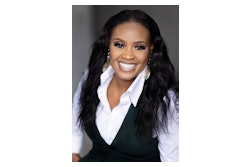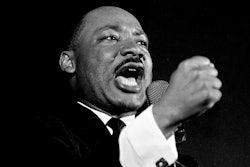Brown University Applauded for Examination of Its Ties to Slavery
By Shilpa Banerji
PROVIDENCE, R.I.
A Brown University committee investigating the institution’s ties to slavery has recommended the school atone for its past by creating a slave trade memorial, establishing an academic center focused on slavery and justice and, above all, acknowledging the truth about its past.
The 17-member Steering Committee on Slavery and Justice, established in 2003 by Brown President Ruth Simmons, released its findings last month.
“We cannot change the past,” says the 106-page report. “But an institution can hold itself accountable for the past, accepting its burdens and responsibilities along with its benefits and privileges.”
Among the school’s responsibilities, the report says, is a commitment to recruit minority students, especially from Africa and the West Indies, the historic points of origin and destination for most of the victims of the trans-Atlantic slave trade.
Brown was formally chartered in 1764 as the College of Rhode Island. Its founder, the Rev. James Manning, freed his only slave but accepted donations from slave owners and traders, including the family of Nicholas Brown Jr., the university’s namesake.
Dr. James Campbell, the committee chairman and associate professor of American civilization, Africana studies and history, says the committee held passionate discussions over whether the school should apologize for its ties to slavery.
“An apology certainly matters,” he says. “I was persuaded by looking around the world and consequences of what an apology brought — in the instance of the Germans or the Japanese — and it also brought a lot of opposition. But clearly it means something. The very passion it provokes, they do mean something.”
The committee report mentions that much of Brown’s endowment came from the wealth of slave owners. The report specifically identifies Henry Laurens, a planter and political leader, who ran the largest slave-trading house in North America in the 1750s.
The report and Brown’s acknowledgement of its ties to slavery were applauded throughout the academy.
“What Brown has done is a model for any institution, Ivy League or not. There have always been connections between slavery and commerce but universities are uniquely positioned to address it,” says Dr. Joshua Guild, an assistant professor in the department of history at Princeton University.
© Copyright 2005 by DiverseEducation.com


















